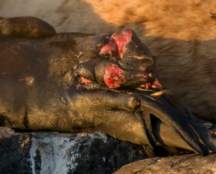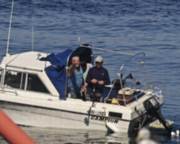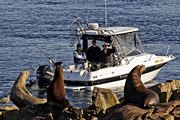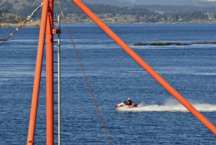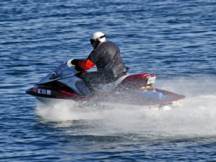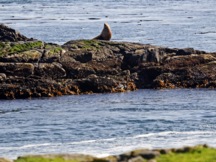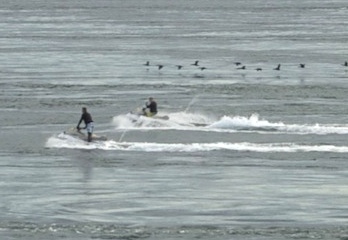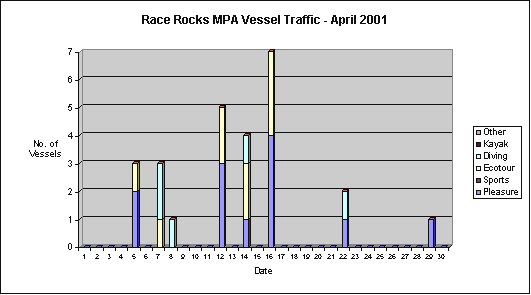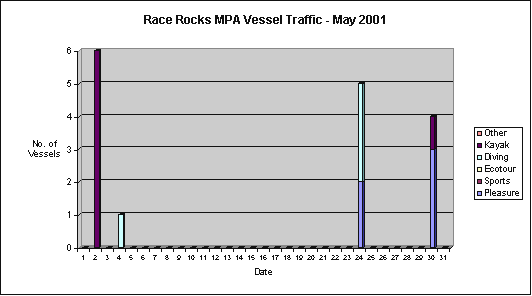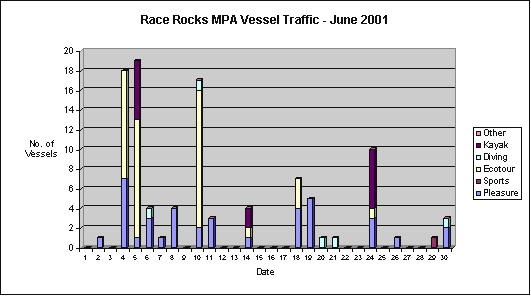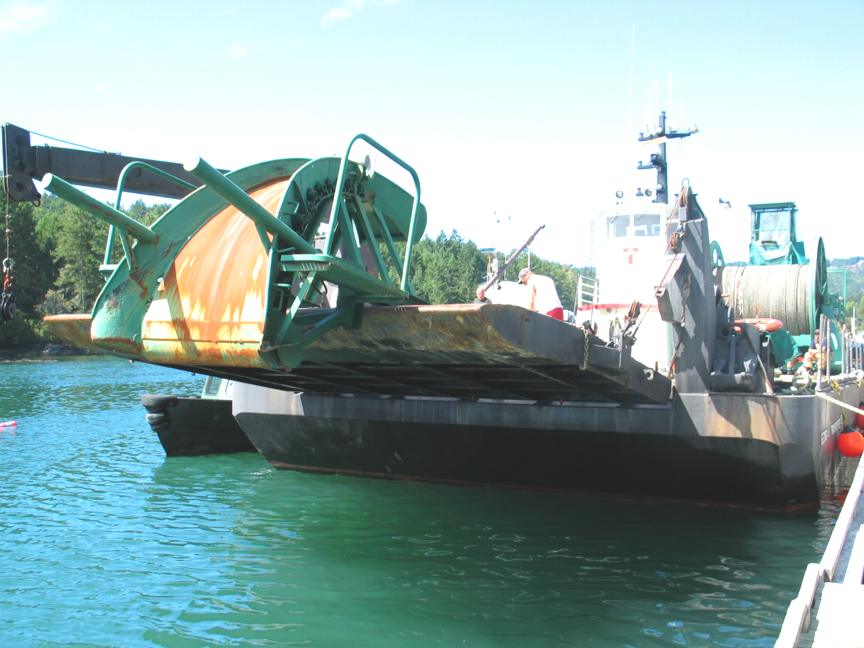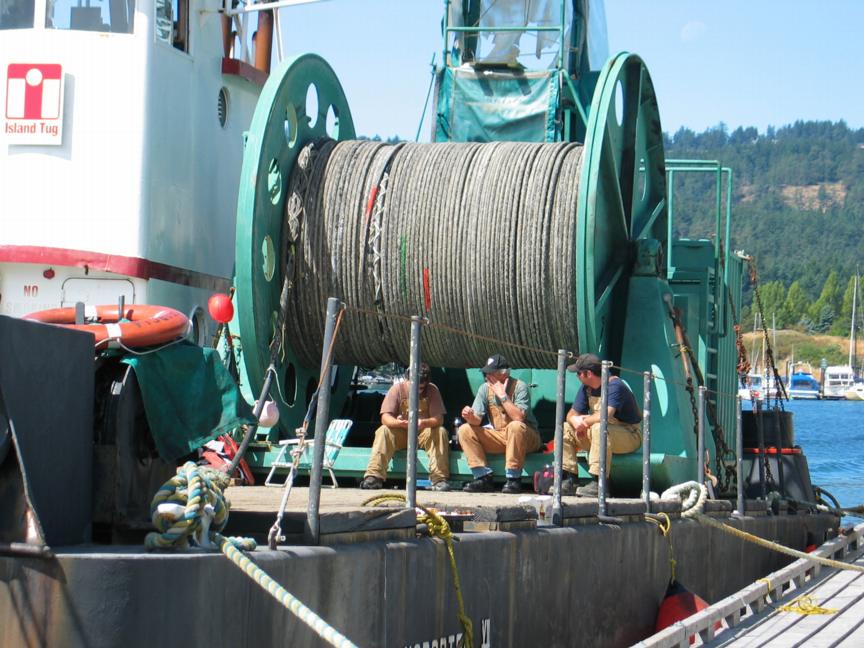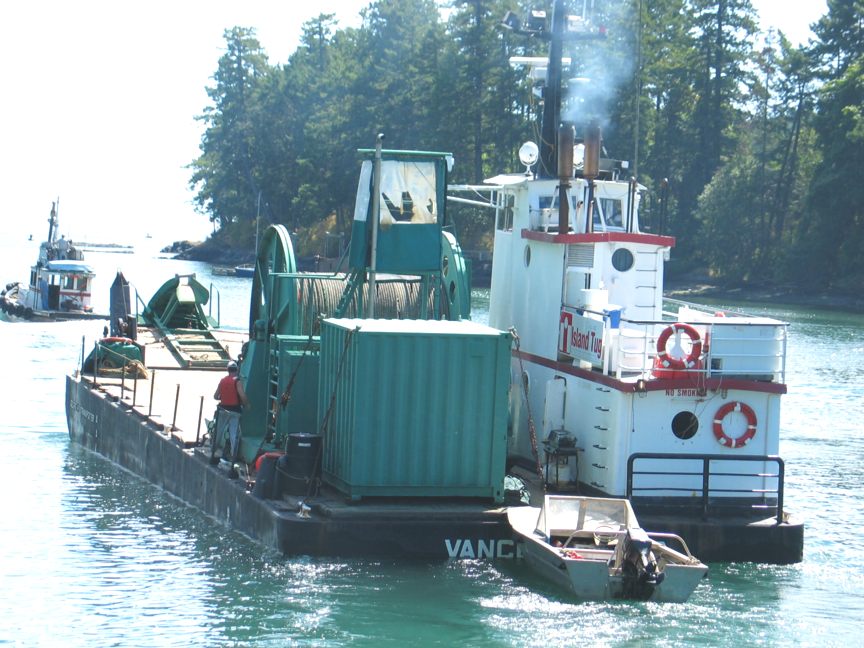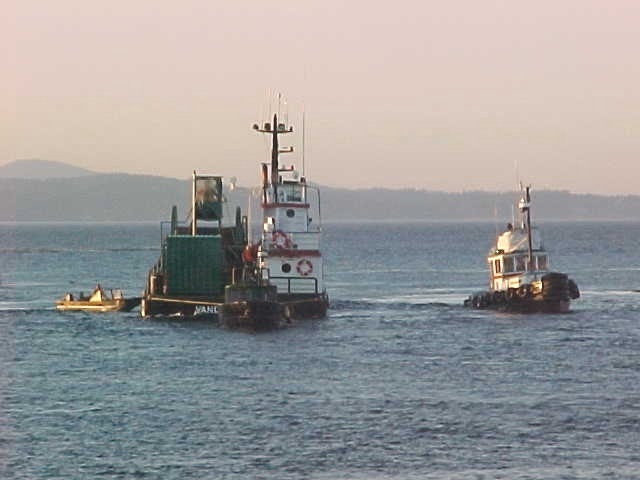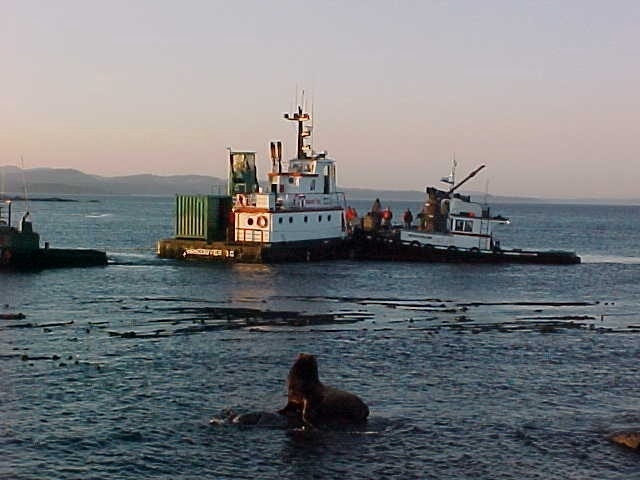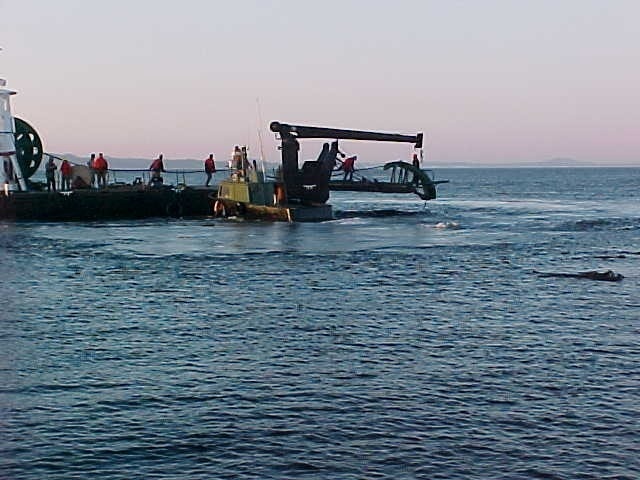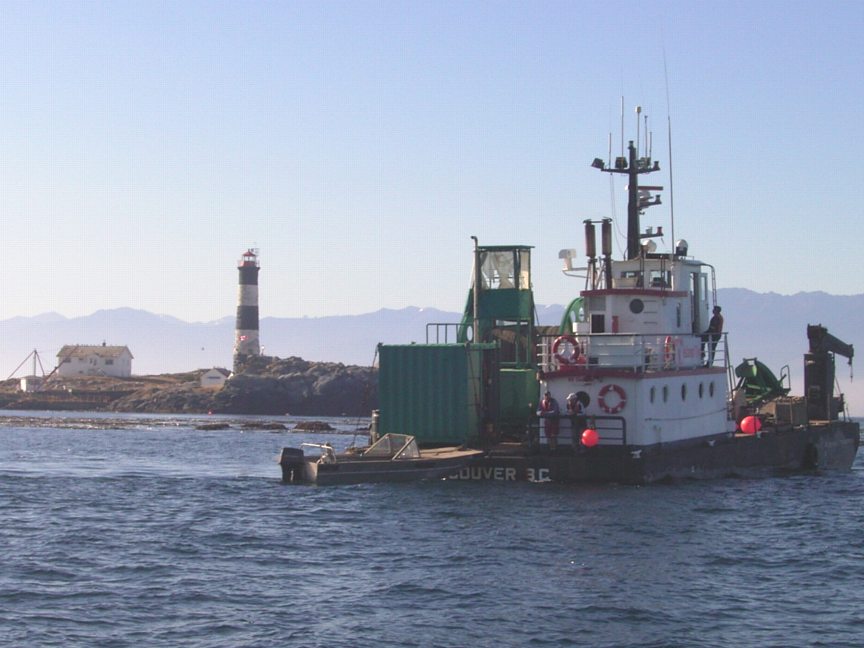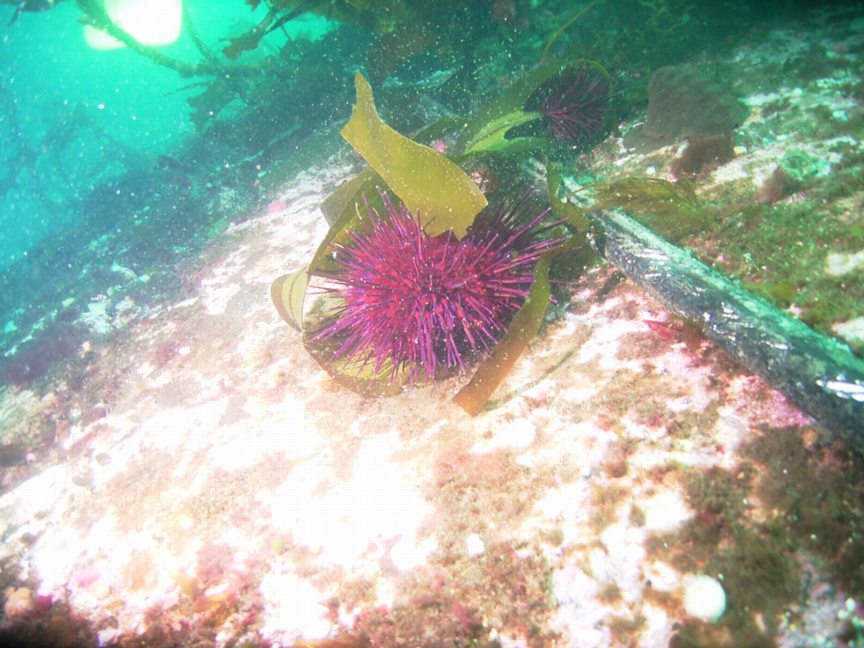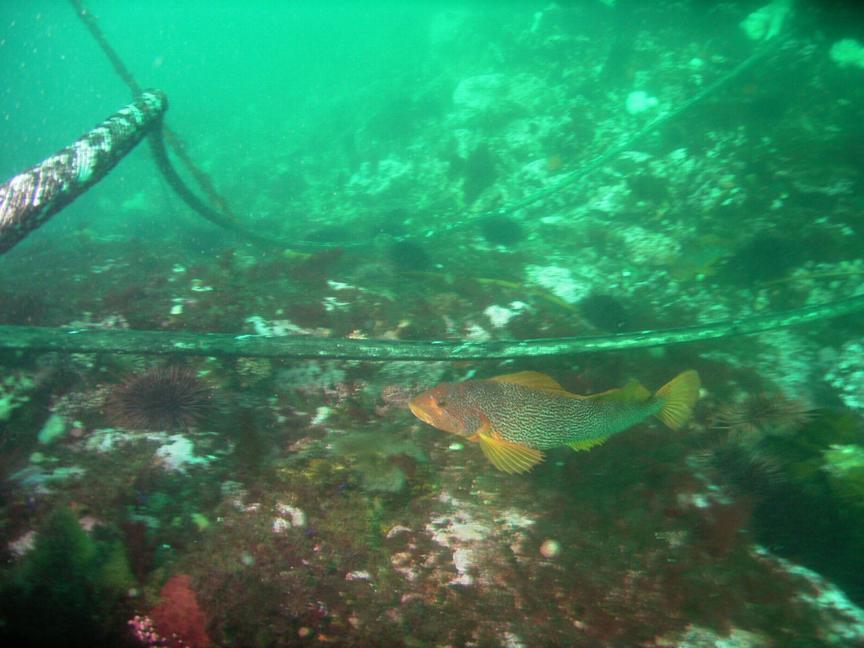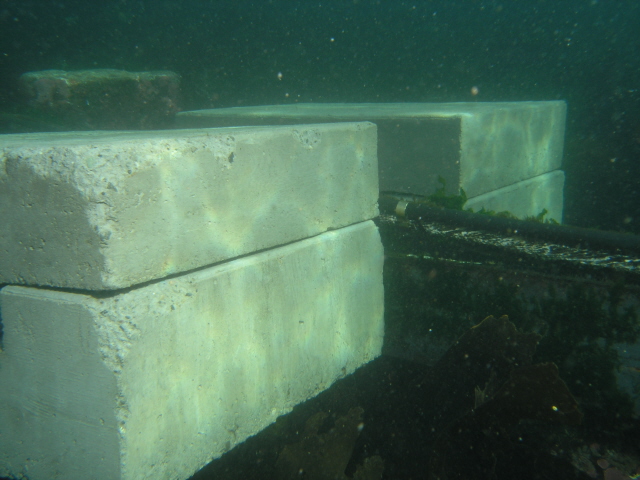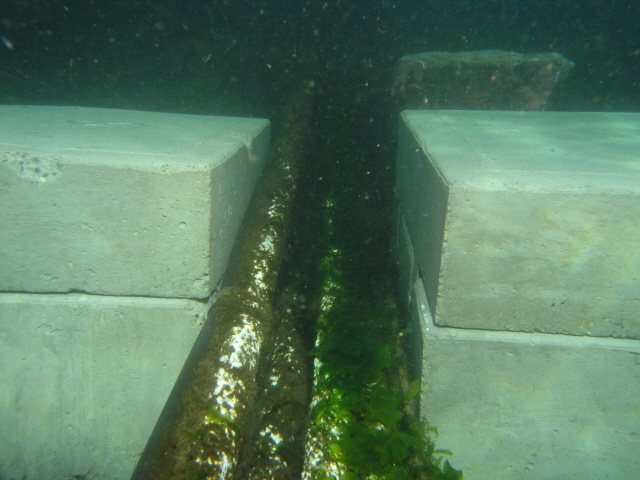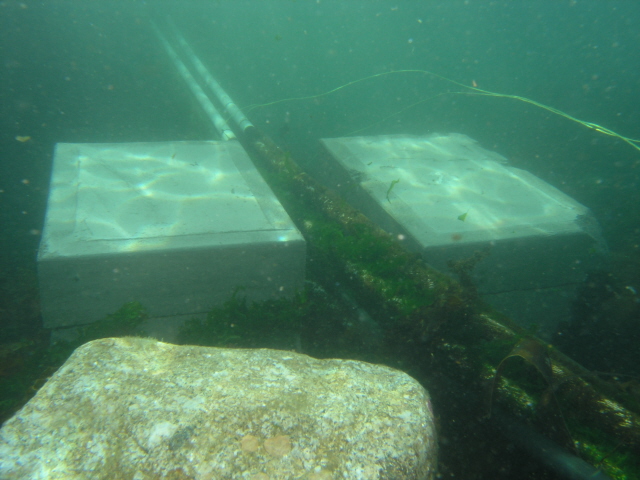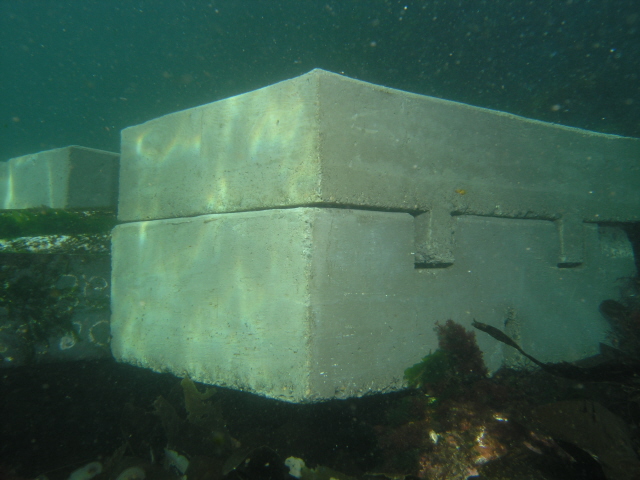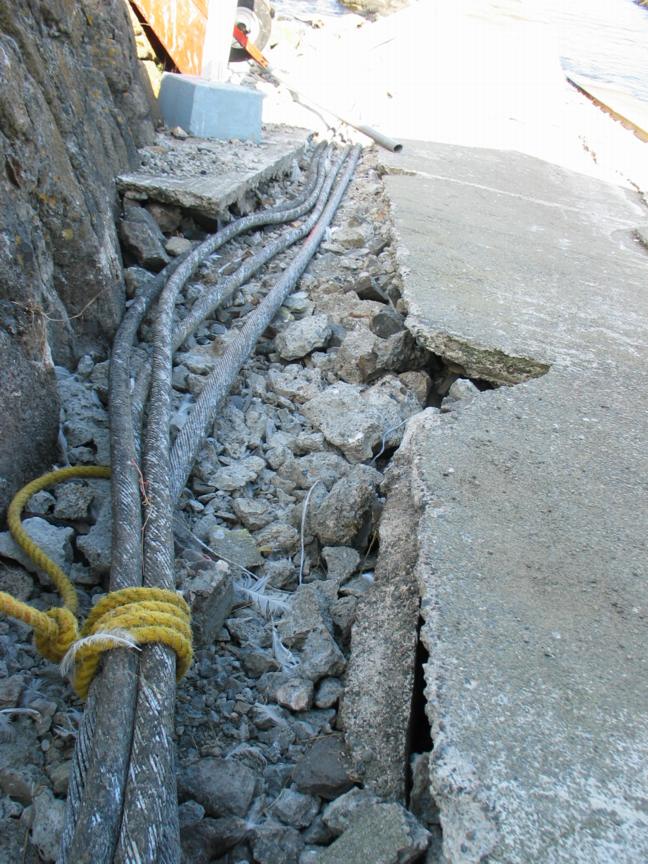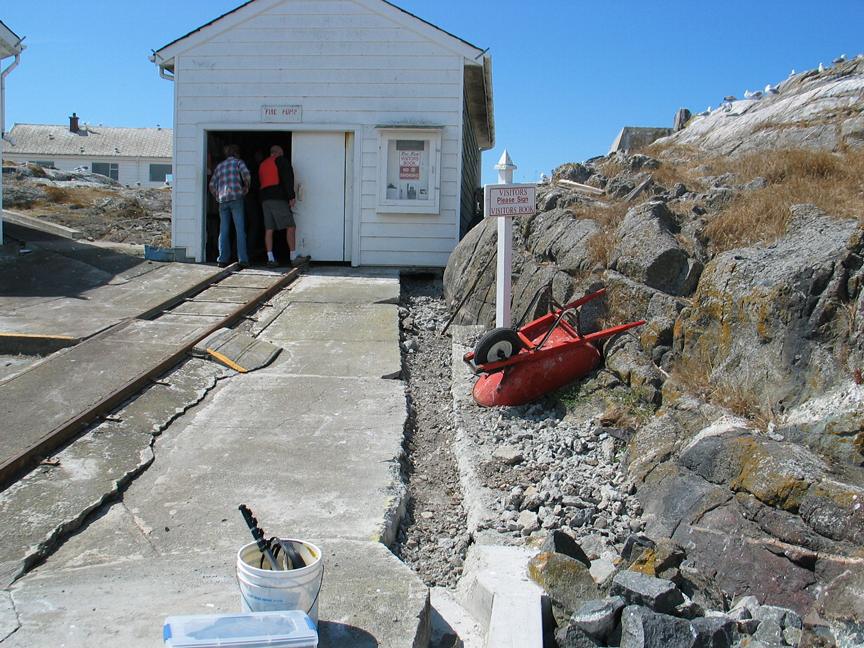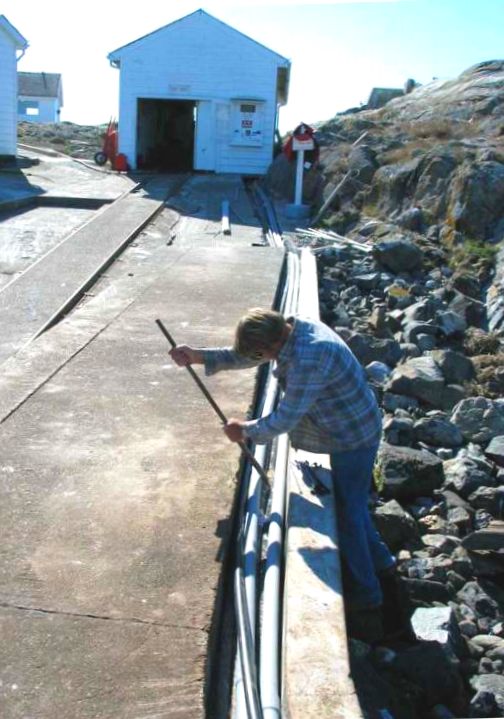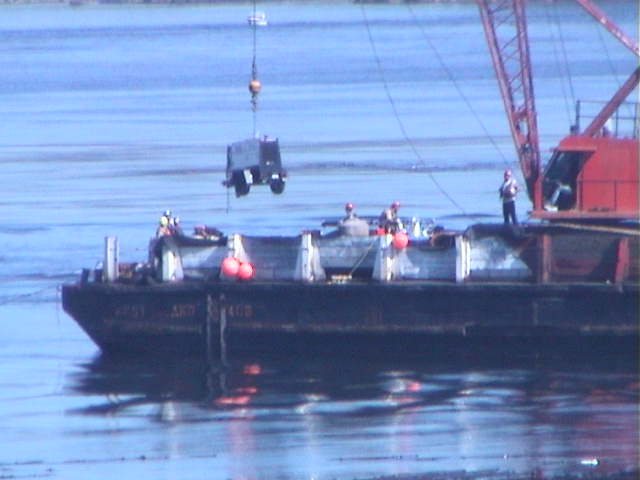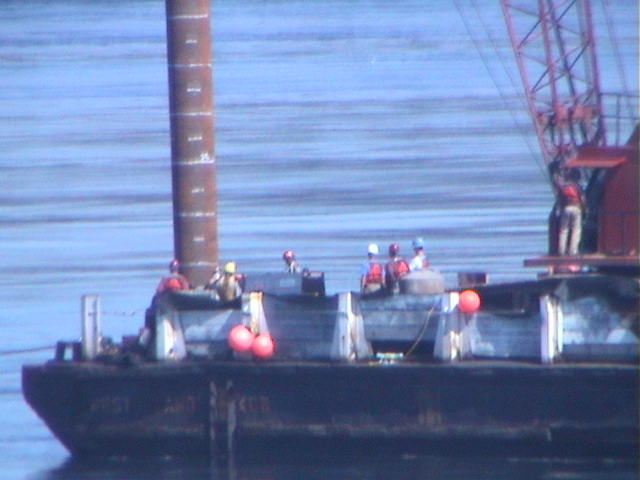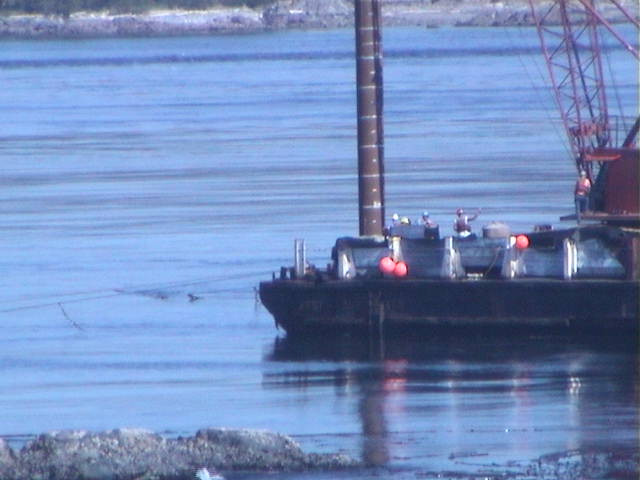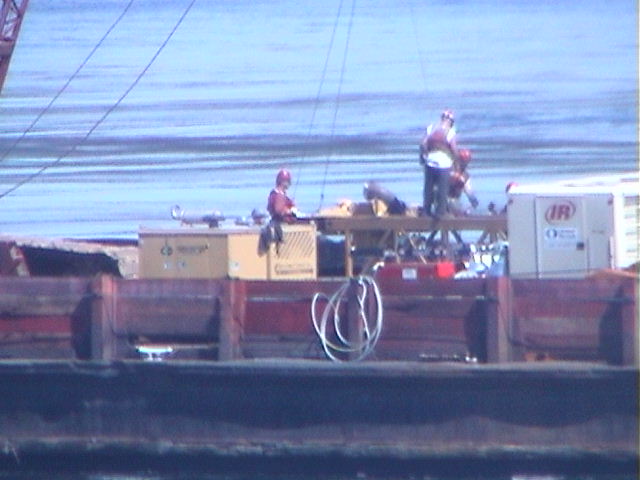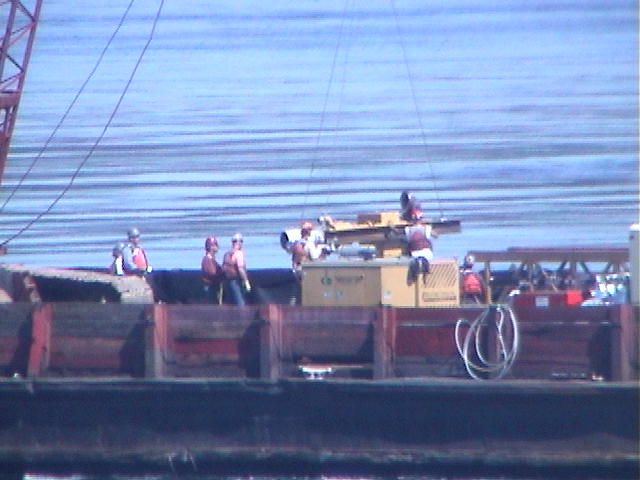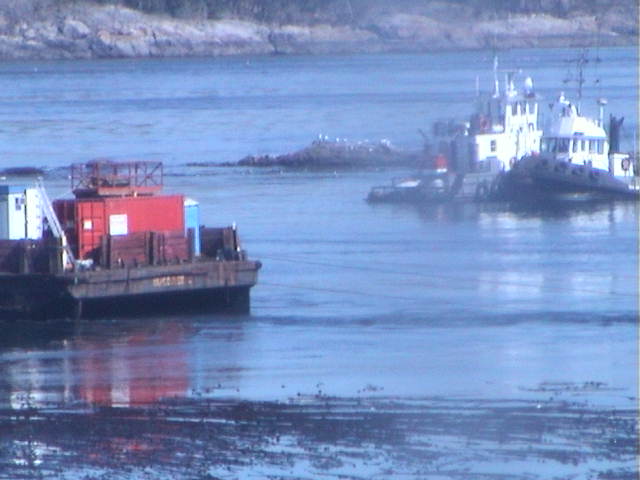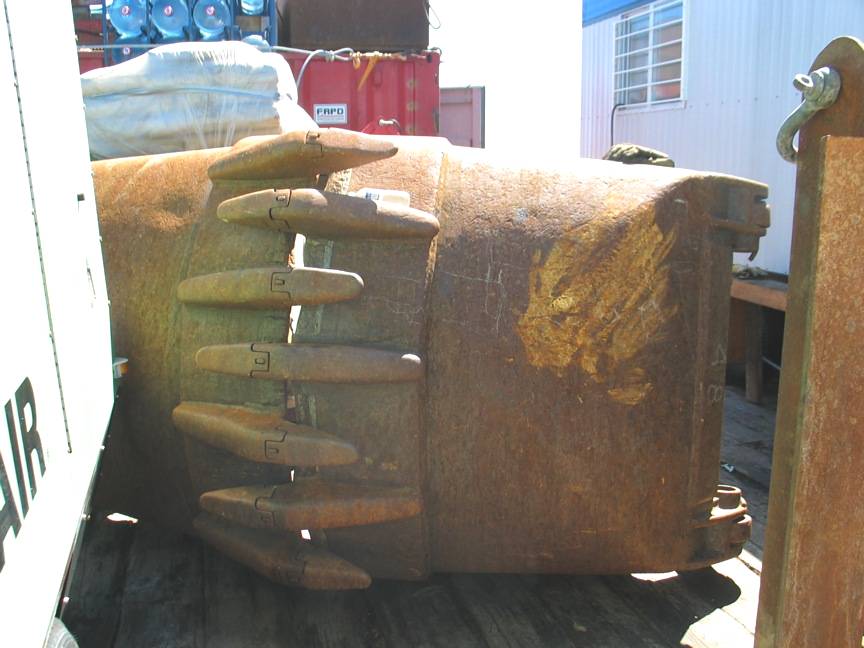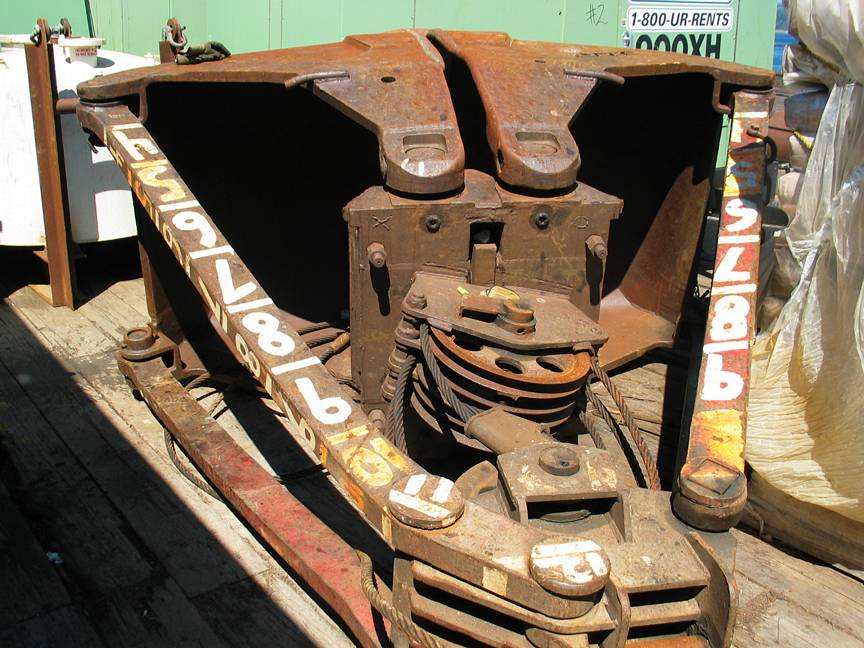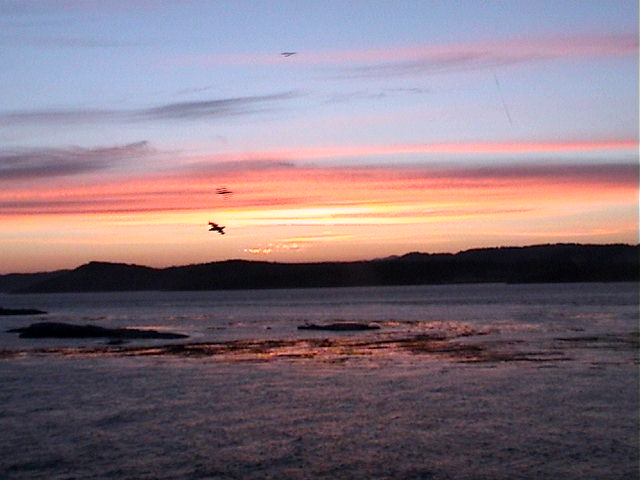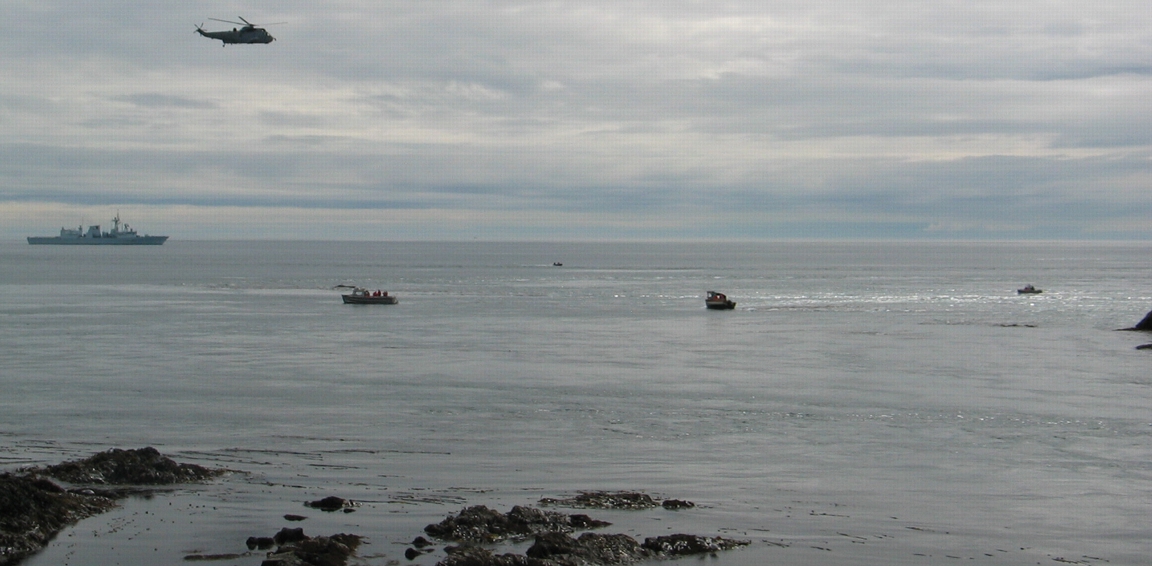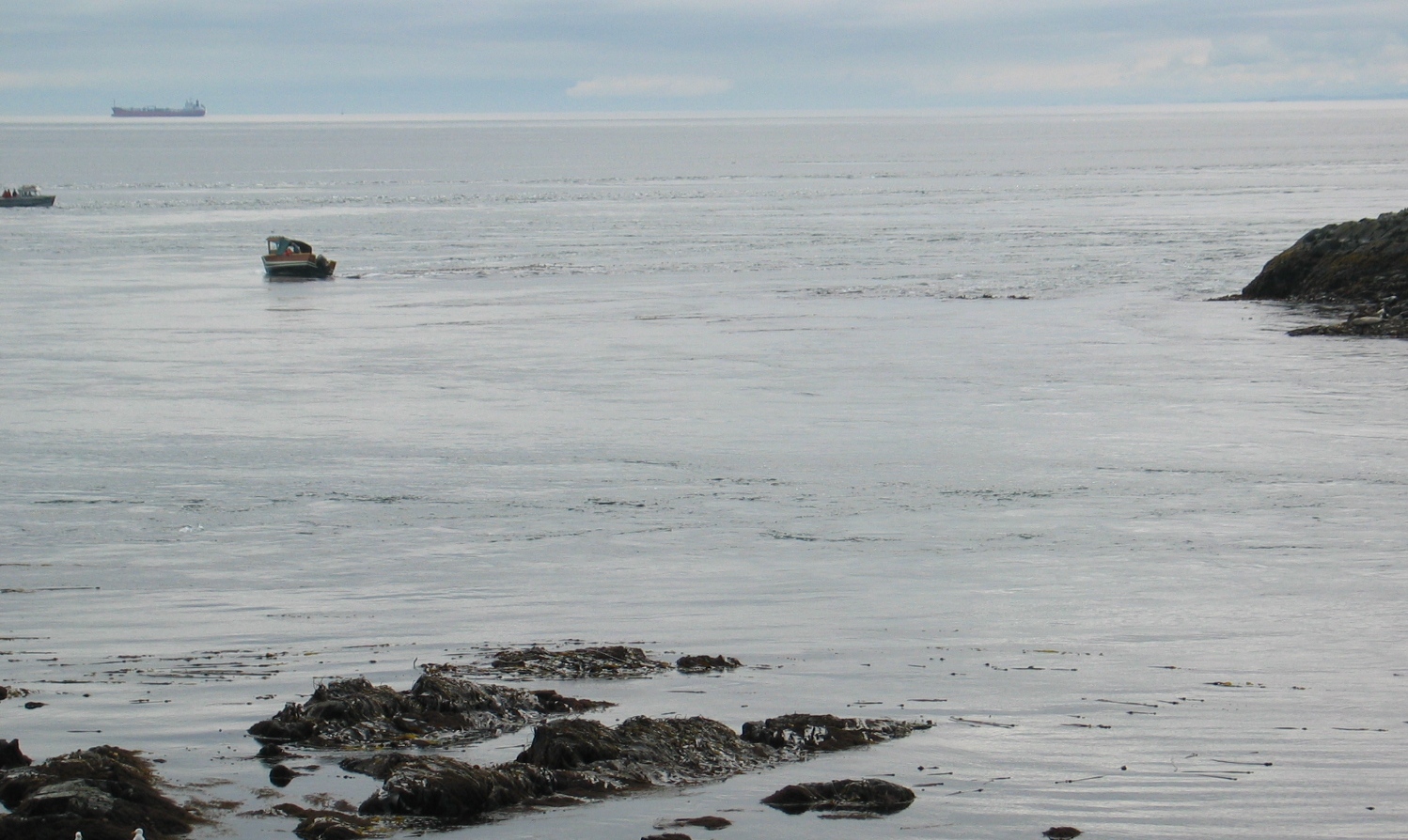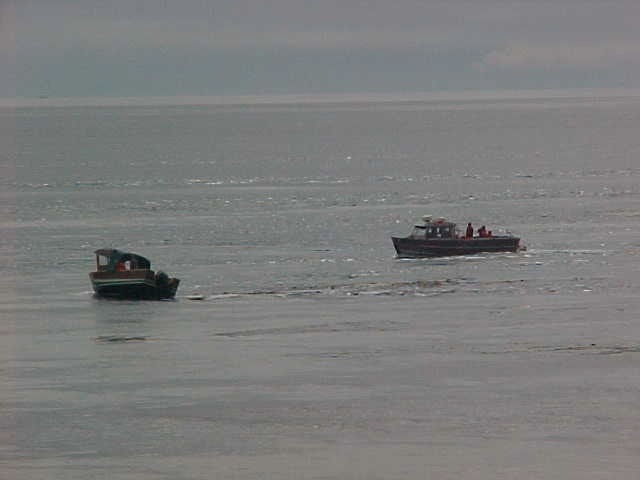Weather has continued to be cold, dipping below zero degrees. Wind has persisted all week NE-E generally over 20 NMPH. Clouds have settled in over the past couple days so it is feeling a bit warmer, forecast for flurries today/this evening.
We were able to get off the island Friday morning for a quick run for provisions. By the time we came back out around noon there were already 3 foot Easterly swells picking up.
Yesterday a pod of around 10 orcas passed by on the West side of Race Rocks heading NE towards Victoria. A group of Pearson divers got to see them from Second Nature on their way for a dive at Swordfish Island.
Bertha left Friday night or early morning Saturday. The young male from middle rock was in the jetty Saturday morning, first time i have seen him on the main island. Chunk has seemed a bit restless. He made his way around the south side of the Science house yesterday and over to main house. He saw the young male in the jetty and chased him into the rocks on the W side of jetty. Chunk went into the water and waited around the jetty, a bit of a standoff. Eventually young fellow made it into the water and I saw Chunk coming back up the ramp around dusk. He seems very uninterested in the pup which is quite different from two years ago when Misery chased and bit Squall all the time. The pup hasn’t moved much and is sleeping a lot.
Feb 8: 2 ecotour vessels in reserve. One vessel caused a disturbance of sea lions on East rocks.
Feb 9: float plane flew over. Sports fishing boat entered reserve in afternoon and was fishing in reserve. I tried contacting them on the VHF radio but they did not respond, I waved at them but they kept on fishing. They didn’t stay long and left for Pedder Bay so I called the marina and reported the incident. The staff person on duty at the marina spoke with the 3 individuals who were apparently not aware of the fishing ban. We have photos and their ID info on record and will report them to DFO if they repeat their offence. Thanks once again to Pedder Bay Marina and their staff for their cooperation and support!
-picked up parts for plumbing drain in main house, bar oil for chainsaw
-cut, chopped, stacked wood
-worked on wiring in station boat, attaching new running light
-shore-master for Pearson divers Sat afternoon
-worked on drain plumbing in main house



